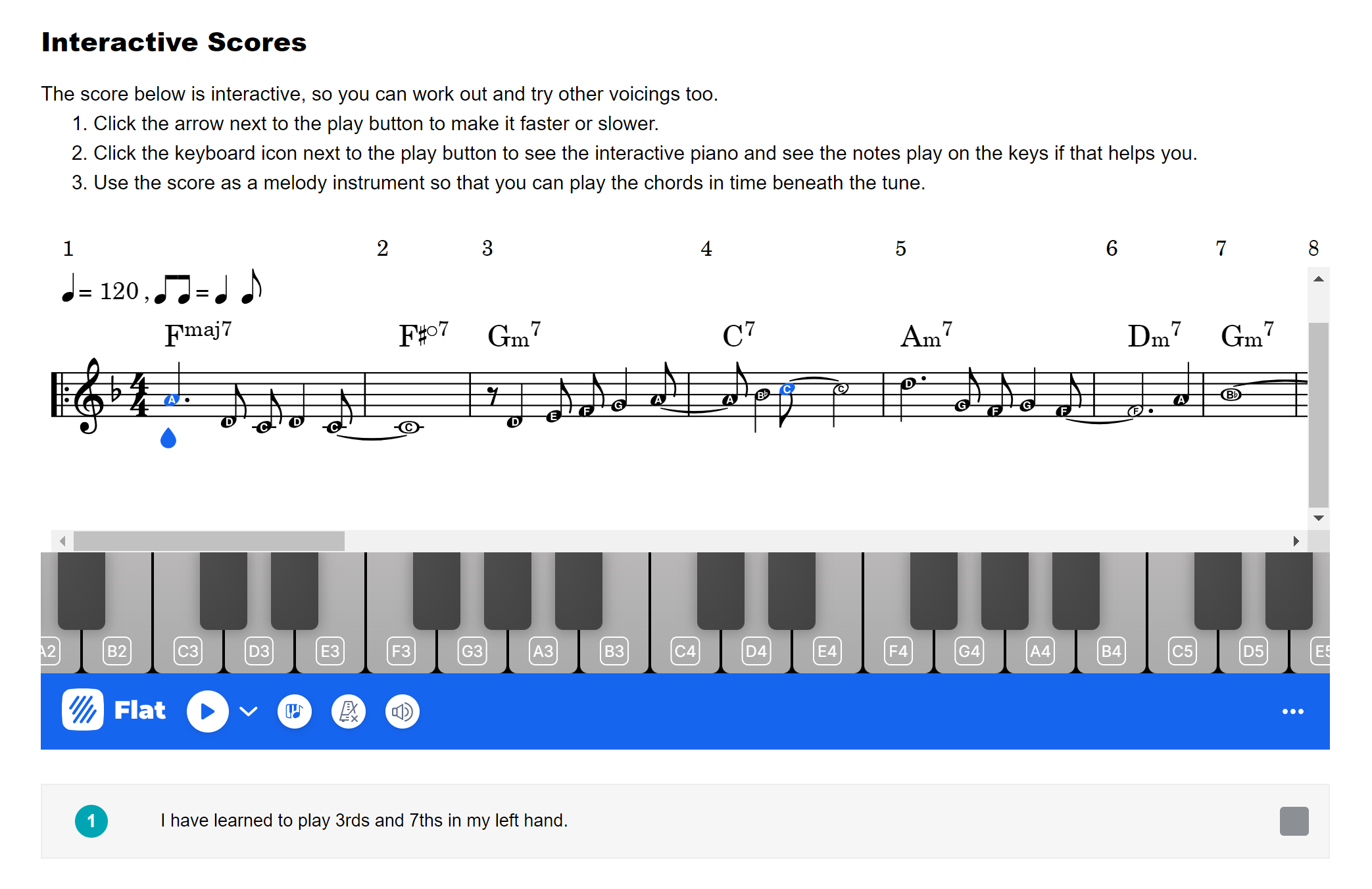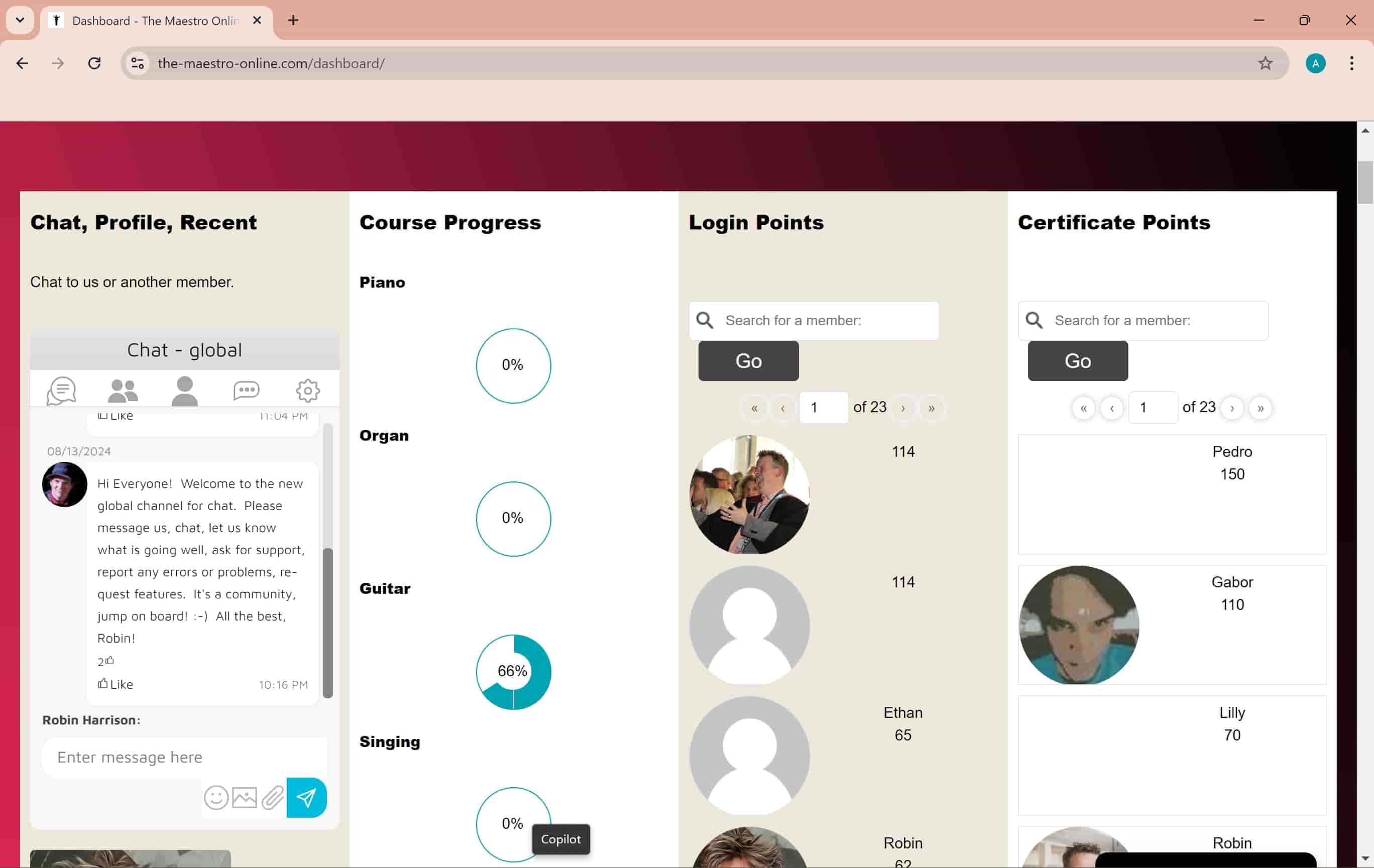How to Sing Song Lyrics for Love on an Instrument!
So many songs are about love, but the question is really, “how do I sing song lyrics for love with real meaning and intent?”
Having just taught a clarinet lesson on “Bring Him Home” from Les Miserables, the question above became even harder. The question then became, “how do I play an instrument with the expression, meaning and intention that a professional singer places behind it?” Playing a love song with this level of understanding will gain the maximum expression and a really personalised performance.
Later in the same day I have taught a lesson on “Sometimes”, sung by Britney Spears and oh my goodness, how much is there that you can do with this song? This will be the focus of my next article.
I had the joy of creating courses with the wonderful Tom Powell recently, who has backed and toured with the likes of Olly Murs, but also has an extensive Musical Theatre training and professional experience. Details of how to apply his studies, from the incredible Stanislavski, are detailed below.

Top Tip 1: All Instrumentalists Should Listen to Singers to Play Musically
The following recording of Alfie Boe, a stunning English Tenor, is made with Claude-Michel Schönberg, the composer of Les Miserables, playing the piano. To have a leading singer and the original composer in the same recording really validates the authenticity of emotion behind the performance.
Top Tip 2: Love is More Complex than Romance
When you first clicked this Top-Tips article, you may well have been expecting immediate references to a pop song about relationships, well, you’ll find that reference in the next article. The problem with starting with some of these songs is that the singer or musician needs more perspective. There are so many concepts of love, not just romantic, or “of the mountains”, for your favourite item or food, for a relative and so on. Even then, the degrees of love and feelings of love for those different people/items change according to your own mood or moment in life. Music, in particular singers, has the ability to channel these finer emotional details and connect the composer through the singer (the “vehicle”) to the listener. This is exactly what is happening in the Alfie Boe/Schönberg clip.
Top Tip 3: Check the Story – The Singer’s Macro-Objective
Let’s examine the story behind “Bring Him Home”: A young man is going to fight for his beliefs and principles against the then powers in France, part of a “Revolution”. An older man is singing the song about the younger man, praying for his safe return. He even suggests that as he is old and closer to the end of his life, it would be better for him to die than the young man. This kind of love is extremely intense. The singer’s objective is to bring across a passionate prayer and even to offer his life in lieue.
God on high, hear my prayer,
In my need, you have always been there,
He is young, he’s afraid, let him rest, heaven blessed.
Bring him home, bring him home, bring him home.
He’s like the son I might have known, if God had granted me a son.
The summers die, one by one, how soon they fly, on and on.
And I am old, and will be gone.
Bring him peace, bring him joy, he is young, he is only a boy,
You can take, you can give, let him be, let him live,
If I die, let me die, let him live.
Bring him home, bring him home, bring him home.
Top Tip 4: Check the Units – The Song Lyrics Multiple Objectives or Intentions
Every line of this song has a different intention. The first line is a prayer, the second line recognises that God has always been there for this person, the third is a description of the young man and a request to leave him be. The word “love” is simply not enough; every sentence has its own intention.
How did this effect the clarinet performance? Initially, the student had performed the piece looking to play the notes and rhythms correctly and add a little dynamic shading. When she realised that it was a prayer at first, that the second line implied the strength of God and the 3rd asking for the young man’s rest and peace, that completely changed not just the dynamics (how loud and soft she played – 1st line gentle, 2nd line stronger, 3rd line softer), but the phrasing. The prayerfulness being extremely smooth (legato) for instance.
Top Tip 5: Song Lyrics Never say the Same Thing Twice
What about the phrase, “Bring him home, bring him home, bring him home”? Is that not repeating the same thing? Well actually, in real life, if we repeat text, the intention behind the text usually changes. If an adult tells a child to “leave that alone” and the child repeats the action, the adult again says “leave that alone” but with a firmer tone that says, “you just ignored my instruction, let me make it clearer”.
“Bring him home” no. 1: Request – Please bring him home alive and okay.
“Bring him home” no. 2: Pleading – Please bring him home.
“Bring him home” no. 3: Seeking rest, calm and peace.
The clarinettist did not have the text on her score. Perhaps instrumental versions of songs should have text on. We wrote it on and with the 3 different “Bring him home” interpretations, she played those phrases completely differently. Her Clarinet Sang.
How can I Sing Song Lyrics for Love with Meaning and Honesty?
Well Tom Powell, mentioned at the top of this article has created courses with The Maestro Online, which apply the Stanislavski acting method to singing and singing lessons. Singing should then be applied to instrumental performances. Why do this? What’s it all about? Finding the intentions behind the words, leads to your personal interpretation of a song. Do you want to be a clone of another singer, or, do you want to find your own meaning in a song, sing it with meaning and create your own version?
Becoming your own artist is at the core of all of The Maestro Online library of courses.

Beginners Improvisation 2: Chords with Renaissance, Baroque, Classical, Romantic & Tango twists
Beginners Improvisation 2: Chords with Renaissance, Baroque, Classical, Romantic & Tango twists
This is the perfect starting point if your improvisation experience is limited.
Dr Robin Harrison FRSA, The Maestro Online, former student of Noel Rawsthorne (Liverpool Anglican Cathedral) and Roger Fisher (Chester Cathedral), John Gough (RNCM and BBC).
Beginners Improvisation 2: Chords with Renaissance, Baroque, Classical, Romantic & Tango twists
- Two Chord Pendulum
- 2 Imitation
- Contrary Motion
- 3 beats per bar
- Compound 6/8 Time
- Compound 12/8 Time
- Homophonic Texture
- Baroque Diminutions
- Classical Mozart-Mania Texture Twist
- A Tango Flavour
- A hint of Romanticism
- Full Renaissance Improv
What Are Our Music Masterclasses Like?
Our music masterclass courses are self-study digital courses embedded with information, many include interactive music software (scores), exercises, objectives, tasks, progress tracking, teaching pedagogy and videos of celebrities and international level musicians explaining and demonstrating key skills. Certificates are awarded at the end of each course.
Our community is also evolving and we have a chat feature so that you can contact us whenever you need help and can make other musical friends.
- Thorough Musicianship: Creativity, improvisation, ear training integrated with popular and classical tunes to help you gain musical freedom.
- Unique Learning Journey: Tailored methodology emphasising improvisation and ear skills first, with notation to support.
- Certification: Clear objectives, tasks, and light-hearted quizzes leading to downloadable certificates.
- Gamification: League tables for frequent log ins and certificate points.
- Interactive Software: Connect visuals and sound with creativity.
- Human Touch: Engage with our team, request specific courses, and receive personalised support.
- Flexible Learning: Low monthly fees, cancel anytime, learn in the comfort of your home (no travelling!) and at your own pace.
- Personalised Experience: Tailored support and bespoke courses available.
- All Levels: Diverse range of courses, masterclasses & 1-1 lessons are tailored for all skill levels. Perfect for adult and teenage pianists, university and conservatoire students, music therapists and home schoolers.
A Quick Look at a Typical Masterclass Course
Sample Interactive Score

Course Dashboard with Chat, Progress and Points
Click to Buy £19.99 One-Off Payment
Click to Subscribe to All Masterclasses
(over £2000 of content included)
Multiple currencies available








